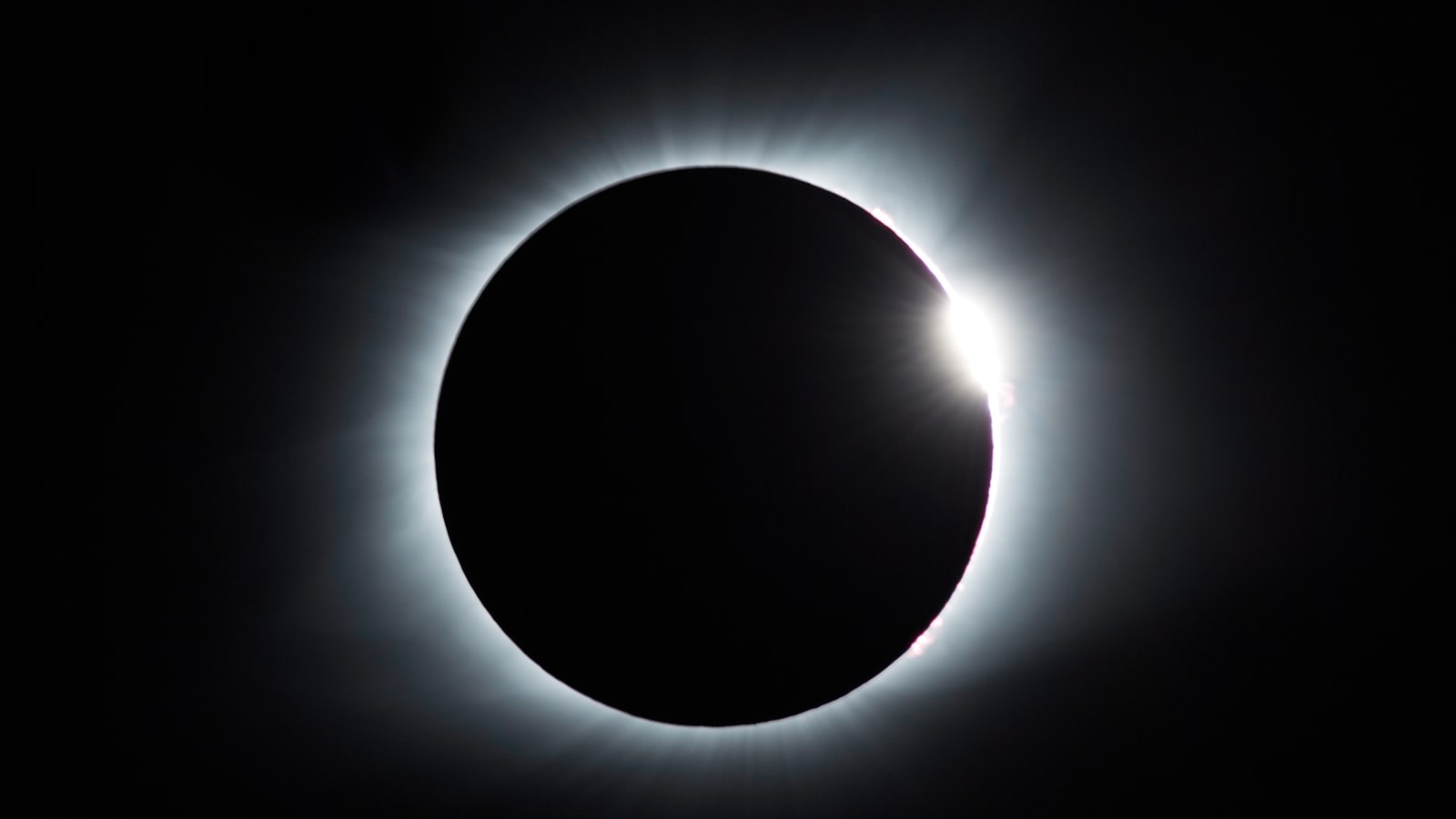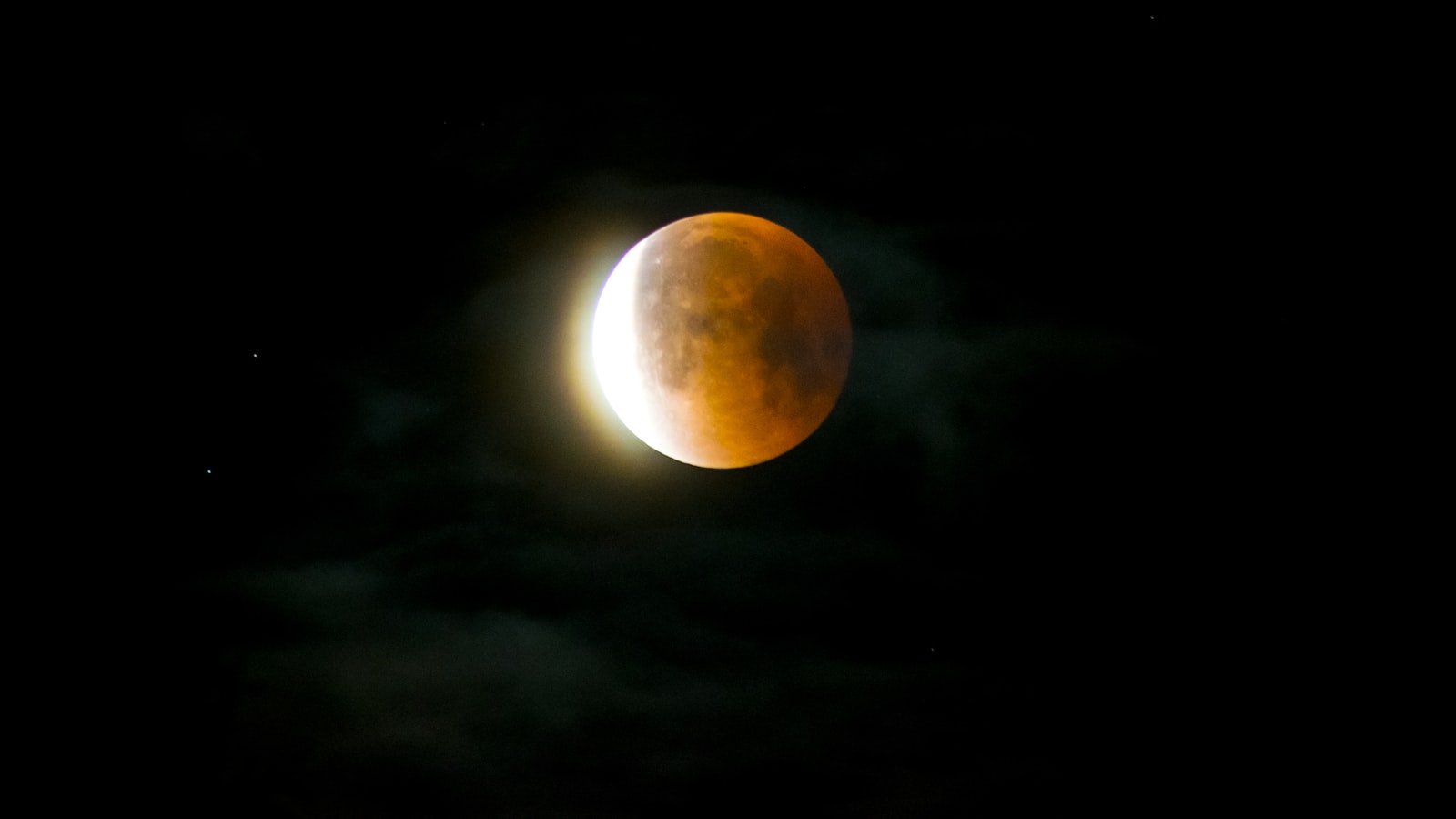Understanding Solar and Lunar Eclipses: A Comprehensive Guide
Solar and lunar eclipses are natural phenomena that have fascinated people for centuries. While many of us have heard of these celestial events, not everyone fully understands the different types and their significance. In this comprehensive guide, we will delve into the intricacies of solar and lunar eclipses, shedding light on their various forms and the mesmerizing spectacle they create.
The Phenomenon of Solar Eclipses
A solar eclipse, known as "il-sik" in Korean, refers to the phenomenon where the sun is obscured by the moon. This results in a temporary darkness during the day, creating a remarkable visual display. There are three main types of solar eclipses: partial, annular, and total. Let’s explore each type in detail.
1. Partial Solar Eclipse
A partial solar eclipse occurs when the moon partially obstructs the sunlight, casting a shadow on the earth. This results in the sun appearing as a crescent or a partial disc, similar to the phases of the moon. Visualizing this phenomenon can be likened to using two balls to simulate the sun and the moon, with one ball partially covering the other, leaving a portion of the light visible. This is the fundamental principle behind a partial solar eclipse.
2. Annular Solar Eclipse
During an annular solar eclipse, a visually stunning spectacle unfolds. If observed closely, one can notice a ring of light around the edges of the moon as it traverses in front of the sun. This creates a mesmerizing "ring of fire" effect, where the sun appears to be encircled by the moon, resembling a radiant halo.
3. Total Solar Eclipse
The pinnacle of solar eclipses is the total solar eclipse, where the moon completely obscures the sun, plunging the area into complete darkness. This awe-inspiring event is truly a sight to behold. As the moon aligns perfectly with the sun, the sky darkens, revealing the ethereal corona – the sun’s outer atmosphere – in a rare and captivating display.
Unveiling the Mystery of Lunar Eclipses
Similarly, lunar eclipses, known as "wol-sik" in Korean, occur in two primary forms: total and partial. Just as the word "il" (sun) transforms into "wol" (moon), the nature of the phenomenon also shifts, creating a captivating astronomical spectacle.
1. Total Lunar Eclipse
During a total lunar eclipse, the earth comes between the sun and the moon, casting its shadow on the lunar surface. This results in the moon taking on a reddish hue, often referred to as a "blood moon." The entire lunar surface becomes dimly illuminated by sunlight refracted through the earth’s atmosphere, creating a breathtaking celestial display.
2. Partial Lunar Eclipse
In contrast, a partial lunar eclipse occurs when the earth partially obstructs the sunlight from reaching the moon, casting a shadow on only a portion of the lunar surface. This creates a mesmerizing visual effect where the moon appears partially shaded, akin to the phases of the moon witnessed during its regular cycle.
In conclusion, solar and lunar eclipses, with their diverse forms and captivating displays, continue to intrigue and inspire awe in people worldwide. By understanding the intricacies of these celestial events, we gain a deeper appreciation for the wonders of the universe. Whether witnessing a partial solar eclipse or marveling at the ethereal beauty of a total lunar eclipse, these phenomena serve as a reminder of the profound and mesmerizing nature of our cosmos.
Let’s continue to explore, learn, and appreciate the celestial wonders that enrich our lives and inspire a sense of wonder and curiosity about the universe.

